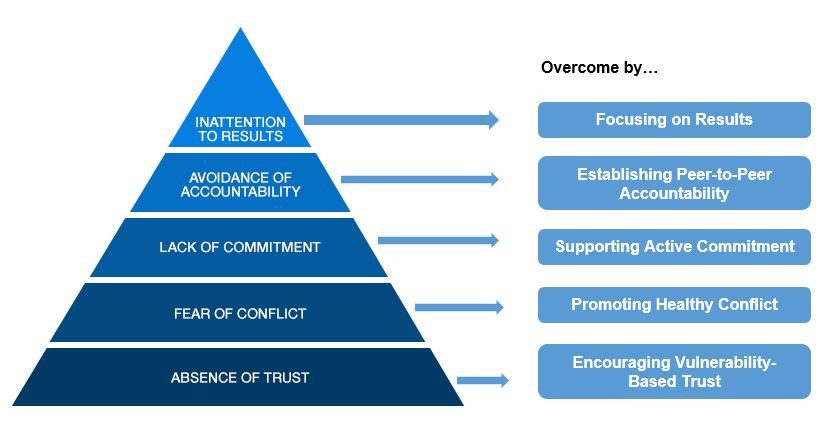Janelle M. Chiasera, PhD, Region III Director
The Institute of Medicine (IOM) issued a recommendation to move healthcare institutions toward becoming high reliability organizations (HROs). An HRO is defined as an organization whose clients can count on the organization to perform as it has advertised.
The industries first to embrace the HRO concepts were those in which past failures had led to catastrophic consequences, such as airplane crashes, nuclear reactor meltdowns, and other such disasters. These industries found it essential to identify weak danger signals and to respond to these signals strongly, so system functioning could be maintained, and disasters could be avoided.
In terms of healthcare, when hospitals or clinics achieve HRO status, they consistently provide the best quality care, every single time, avoiding potentially catastrophic errors.
High reliability concepts are tools that a growing number of hospitals are using to help achieve their safety, quality, and efficiency goals. HRO concepts are not improvement methodologies, such as Six Sigma or Lean, rather they are insights into how to think about and change the quality and safety issues faced by the healthcare community.
At the core of HROs are five key concepts essential for any improvement initiative to succeed:
- Sensitivity to Operations
- Reluctance to Simplify
- Preoccupation with Failure
- Deference to Expertise
- Resilience
 |
| Figure 1: The Five Dysfunctions of a Team and How to Overcome the Dysfunctions |
The IOM has called for effective teamwork under the “deference to expertise” concept as HROs cultivate a culture in which team members and organizational leaders defer to the person with the most knowledge relevant to the issue they are facing.
Much has been written about the process of building highly functional teams, and two critical truths remain clear. First, genuine teamwork in most organizations remains elusive; and second, organizations fail to achieve teamwork because they fall prey to pitfalls.
Patrick Lencioni in his book, The Five Dysfunctions of a Team, writes a compelling fable offering a simple yet powerful message for those who strive to be a high functioning team. He calls the pitfalls the five dysfunctions of a team and explains that organizations with highly functional teams have figured out how to overcome the five dysfunctions (see Figure 1).
In 2016 Lencioni published a follow-up book, The Ideal Team Player. In this book, Lencioni makes the case that some people are better at being team players and better at embracing the five behaviors to overcoming the five dysfunctions than others. Lencioni further explains these people are not born this way, but, either through life experiences, work history, or a real commitment to personal development, they have all come to possess three underlying virtues that enable them to be more successful.
Those three virtues are, hungry, humble, and smart. As simple as these words may seem, they are not exactly what they appear.
 |
| Figure 2: The Ideal Team Player |
Hungry: Ideal team players are always looking for more. More things to do, more to learn, more responsibility to take on. They almost never have to be pushed to work harder because they are self-motived and diligent.
Humble: Ideal team players lack excessive ego and lack concerns about status. They are quick to point out the contributions of others and slow to seek attention for their own. They share credit, emphasize team over self, and define success collectively rather than individually.
Smart: Ideal team players have common sense about people. They know what is happening in a group situation and how to deal with others effectively. They have good judgment and intuition around the subtleties of group dynamics and the impact of their words and actions.
Ideal team players are strong in all three areas and can be found at the intersection of the three virtues (see Figure 2). I encourage you to read The Ideal Team Player or visit the Table Group to utilize the resources and tools to assess your own behaviors related to the three virtues. The website provides a summary article, self-assessment, manager’s assessment, interview guide, and an interactive webinar to help you recognize and cultivate the three virtues in you and in others.
Which of these three virtues comes more naturally for you? Which virtues do you need to work on to make your greatest contribution? I hope that you will join me in developing ourselves as ideal team players.
